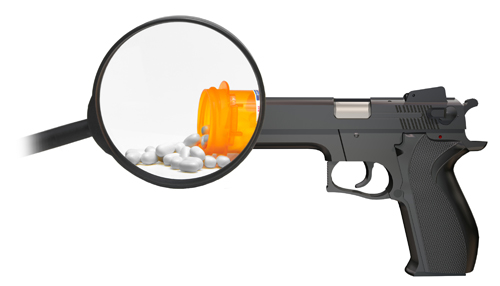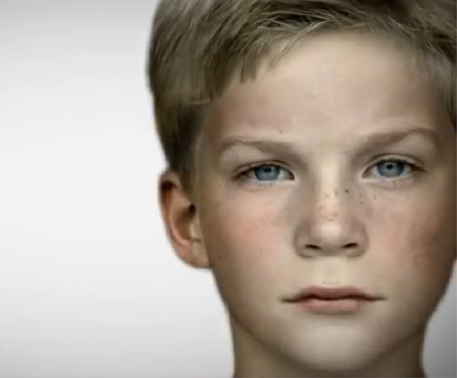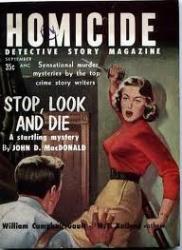
Note to Press Re: Arizona Shooting—Before Touting Pharma’s “More Mental Health Treatment Needed” Line – Try Asking The Right Questions
Every single time there is a school shooting, or some senseless massacre, the press are quick to start touting the need for more mental health treatment to “prevent” these tragedies—well before the facts of the case have been investigated. In fact, most of the press don’t appear as interested in bringing the facts to light as they are in making “recommendations” based on assumptions and calling for more mental health services/treatments. How one can make recommendations before finding out what actually occurred seems illogical to us, and we’re hoping we’re not the only ones.



